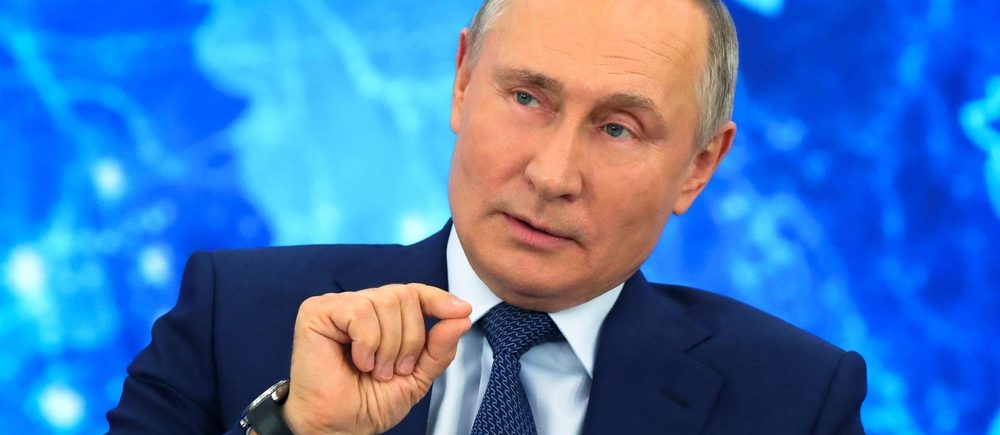U.S. President Donald Trump and Russian President Vladimir Putin are set to meet on Friday at a Cold War-era air base in Alaska, marking their first face-to-face encounter since Trump returned to the White House. The meeting is expected to center on efforts to reach a ceasefire in Ukraine, with the added twist of a last-minute nuclear arms control proposal from Putin that could allow both leaders to claim diplomatic success.
The summit comes amid heightened concerns in Kyiv and across Europe that Trump might pressure Ukraine into concessions, particularly over territory. Ukrainian President Volodymyr Zelenskiy was not invited to Friday’s meeting, though Trump has said a follow-up three-way summit with him would be “even more important” if initial talks with Putin go well.
Ceasefire Prospects and Political Stakes
Trump, who once pledged to end the war in Ukraine within 24 hours, has acknowledged that the three-and-a-half-year conflict is far more complex than anticipated. He is pushing for a truce that could bolster his image as a global peacemaker — a credential he has linked to aspirations for the Nobel Peace Prize.
Ukraine’s leadership took some comfort earlier this week after a conference call with Trump, during which he reportedly agreed that Kyiv must be involved in any land-related negotiations and expressed support for security guarantees in a post-war settlement.
For Putin, whose war economy is under strain from increasingly strict Western sanctions, the Alaska meeting offers an opportunity to seek relief from existing measures or at least prevent new ones. On Thursday, he dangled the possibility of negotiating a new nuclear arms control agreement to replace the last remaining treaty set to expire in February 2026 — a move that aligns with a key Trump priority.
Diverging Objectives and Possible Compromises
Trump has suggested that land transfers could be part of a deal to break the deadlock, an idea Kyiv firmly rejects. Zelenskiy has accused Putin of bluffing to avoid U.S. secondary sanctions and reiterated that ceding territory is not an option.
Putin’s demands for a full ceasefire remain stringent. His key war aims include:
- Full control of the Donbas region, encompassing Donetsk and Luhansk.
- Control over Ukraine’s Kherson and Zaporizhzhia regions.
- Blocking Ukraine’s NATO membership bid.
- Placing limits on the size of Ukraine’s military.
Ukraine has called these conditions unacceptable, equating them to capitulation. Despite Russian advances, roughly 25% of Donetsk remains outside Moscow’s control.
Analysts caution that Putin could offer a phased truce — potentially in the aerial campaign — that appears conciliatory but leaves Russia free to escalate later. “If they can create a ceasefire that leaves Russia in control of escalation dynamics without genuine deterrence, that would be a win from Putin’s perspective,” said Sam Greene, director at the Center for European Policy Analysis.
Outlook
While both leaders have hinted at the possibility of an agreement, the path forward is clouded by mutual distrust and fundamentally opposed goals. Any breakthrough on Friday could be fragile, shaped as much by political optics as by substantive concessions. The inclusion — or exclusion — of Ukraine in future talks will likely determine whether any ceasefire can be sustained.
 Noor Trends News, Technical Analysis, Educational Tools and Recommendations
Noor Trends News, Technical Analysis, Educational Tools and Recommendations





